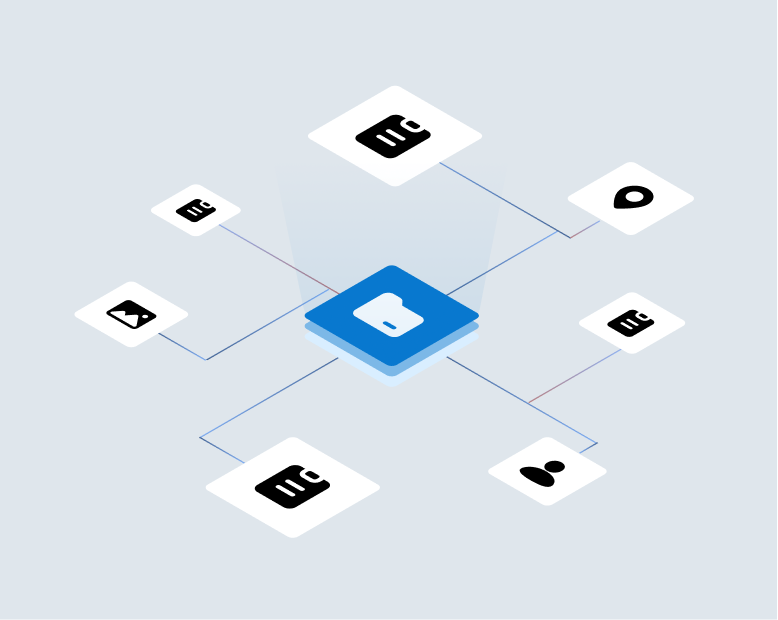And this makes sense in an internet-driven world – where connection, speed and personalization are essential elements of every consumer interaction and hence are strategic imperatives for insurance carriers. But that compelling need also means that carriers are increasing their reliance on data to make risk decisions and reducing the influence of human interaction and judgement.
And the results of that tradeoff have been mixed to date, at best. Carriers are making the consumer experience faster, less complex and more transparent. But the financial impact has been less positive. The combined ratio for the industry has been stuck above 100 for several years now, and the poor performance of direct/online business is a major reason for it.
And we think we know why.
First, the industry has implemented and advertised technology that enables much higher policy churn than ever before. At the same time carriers have ‘trained’ customers to shop actively and have made it easy to do so. In the UK, where online insurance shopping has dominated the market for decades, the average policy life is well under a year and the industry hasn’t earned a consistent underwriting profit since the 90’s. US carriers now report the same trend is emerging in their books. High churn means there isn’t time to ‘recover’ origination costs because it eliminates the luxury of ‘seasoning’ that carriers long relied upon and worsens the impact of rate evasion and early claims fraud on carrier profitability.
Second, and perhaps more importantly, the marked shift from a reliance on judgment to data has eliminated a whole host of informal but very real controls that served to limit lying, cheating and fraud. Informal controls such as an agent’s ability to identify when something didn’t ‘look right’ worked. Not perfectly, of course. But simply by being human agents have proven to deliver a powerful social deterrent to dishonesty. It turns out it’s easier to lie to a screen than a person.
But the answer isn’t to go back to an agent-driven model. The world has changed. Customers won’t tolerate it. Carriers can’t justify it competitively or financially. Instead, carriers need to figure out how to replicate and enhance the informal but real interactive role agents play in reducing cheating and fraud. But they must do so at the much higher tempo of the digital age.
Carriers must leverage their data-rich infrastructure to trigger a virtual dialog with customers exhibiting suspicious behavior in their digital activity. They must complement their digital transformation efforts with new tools and skills to monitor, intervene and engage with customers to attract truthful and conscientious customers while deterring the efforts of the deceptive. These tools need to identify risks and act – during live transactions – on a range of concerns. For example,
- Which applicants are ‘wargaming’ quotes and manipulating submissions to get a rate break?
- Who has a record of cheating carriers – during applications, endorsements or claims processes?
- Who doesn’t pay their bills? Who keeps coming back for more?
- Are there ‘ghost broker’ or insurance card schemes occurring?
- Are insured vehicles likely to be used for commercial purposes? Do they have pre-existing damage?
- Which applicants are associated with known or suspected bad actors?
Armed with these and many other data ‘tells’, carriers can engage in very pointed online ‘conversations’ using automated intervention tools to resolve most risks and escalate only the most difficult issues to decision makers. When they do this, carriers will discover that asking bad actors about their questionable behavior will cause them to flee, while the ‘honest’ applicant will appreciate the effort and continue. In effect, carriers will send a ‘digital signal’ that they are paying attention. The result: the innovator gets the honest, conscientious, profitable customers. And the competition gets the dregs.



